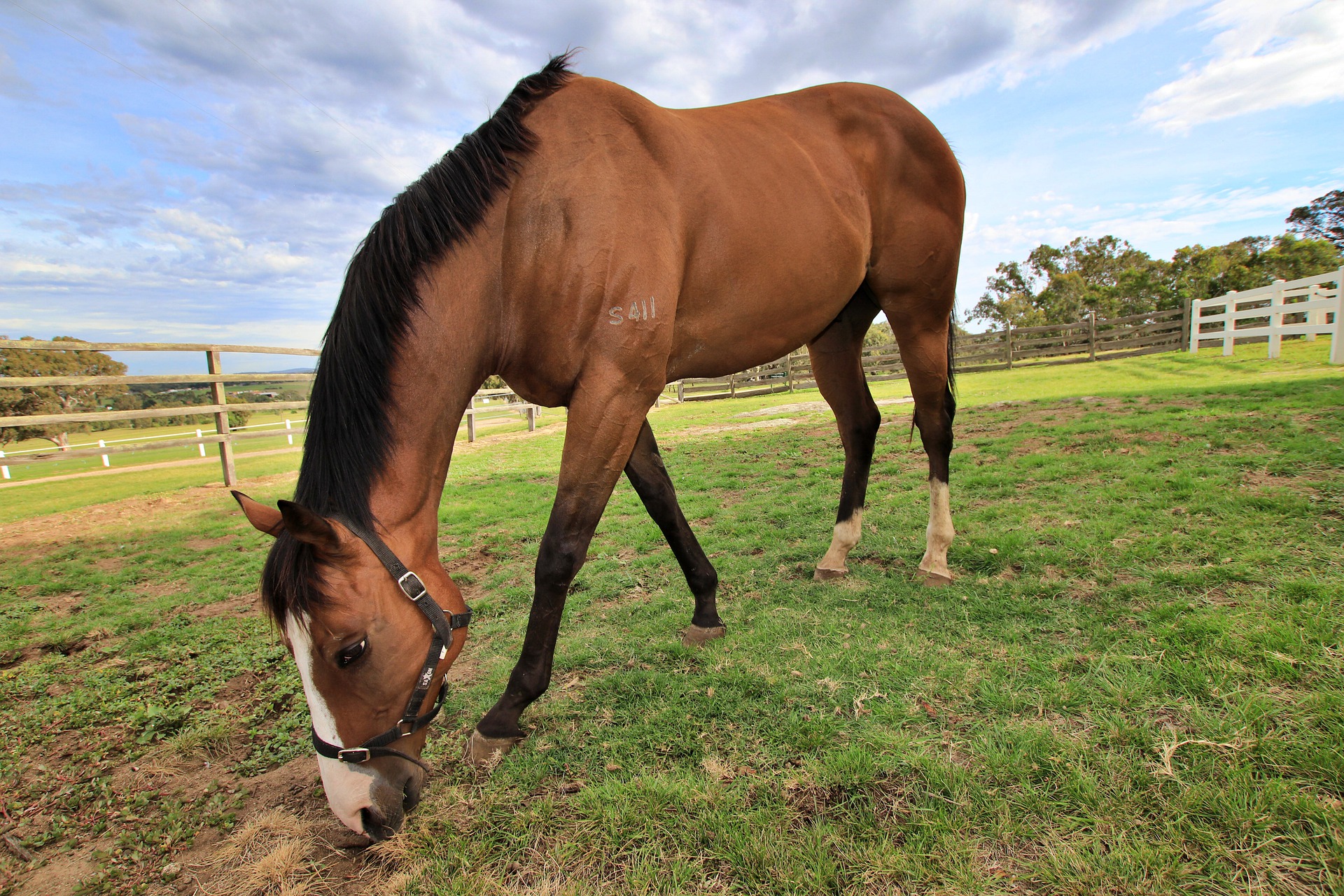Body scoring is something I learned about roughly three years ago and it is a tool that I still use today! This is how I learned I needed to put my horse Bronze on a weight gain supplement and also how I knew that a horse at the barn I ride at needs to shed a few pounds (more like a lot of pounds).
Body scoring is something that involves the numbers 1 through 10, 1 being super malnourished and skinny, and 10 being morbidly obese. Using this tactic, you can determine if your horse is too skinny or too heavy. This Is body scoring explained…
Body Score 1
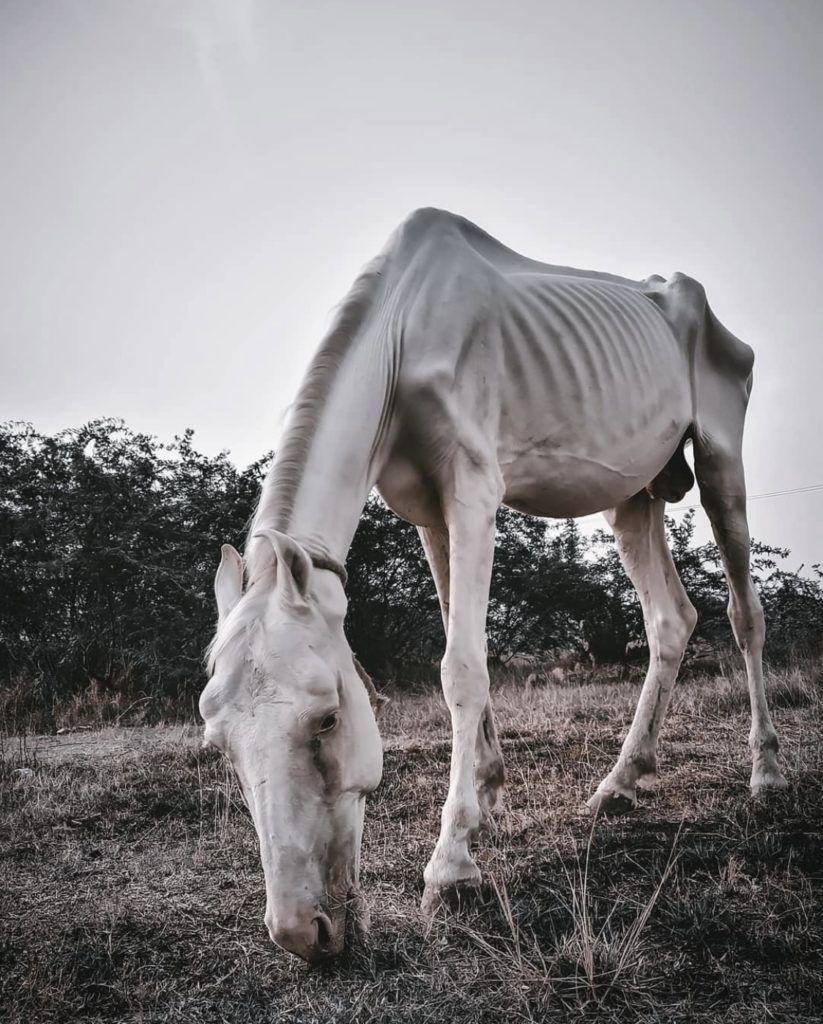
If a horse is rated a one, they are extremely malnourished, skinny, and bony. A horse with the lowest body score shows all its ribs, its pelvis is visible, almost all the bones protrude from their body, their flank extremely defined, the back is sunken around the spine and withers, and the neck of these horses is extremely skinny. It takes a lot of neglect and starvation over a long period of time for a horse to reach this level of undernourishment. A horse with this body score is in severe danger of starving to death and needs help immediately.
Body Score 2
Horses rated a two on body scoring is another example of neglect and severe undernourishment. These horses with this level of undernourishment have a little more fat and muscle on their bodies than horses that are given a level one body score, but they are not out of the woods yet in regards to their health. These horses will show nearly all their bones, have a severely concave flank and have a very prominent pelvis. The harsh edges of the bones protruding are not as severe as on a horse given a score of one, but this horse is still in danger of starving to death.
Body Score 3
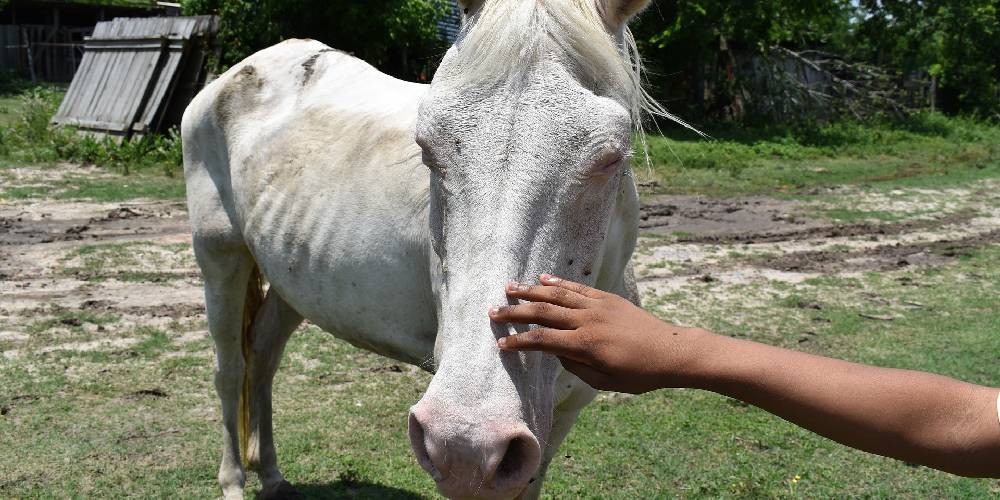
A body score of three is given to horses who are malnourished, but can still function somewhat normally. The edges and points of the pelvis will poke through the skin, the ribs will protrude, and the neck is skinny, but the horse is in much better condition than those who score lower than this. These horses, if ridden will tire easily and show weakness. A horse with this body score should be taken care of immediately before its condition worsens.
Body Score 4
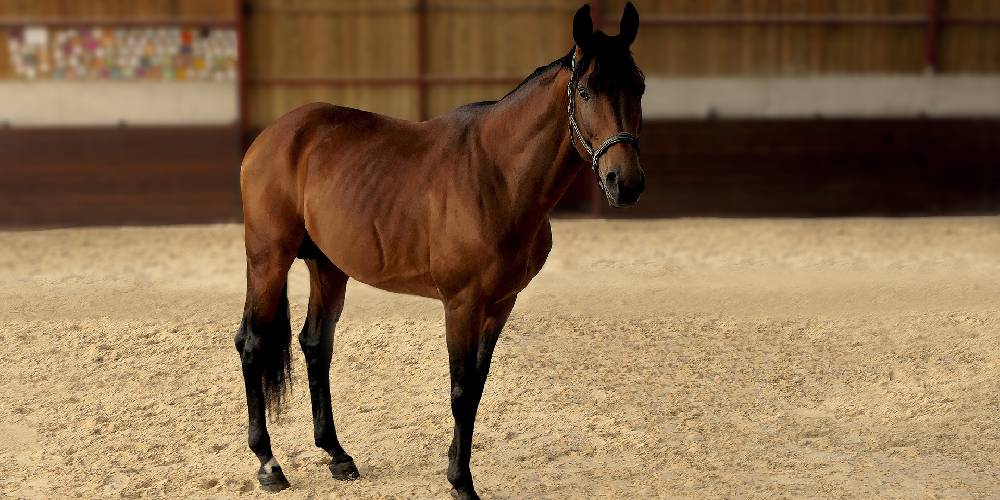
Horses with a body score of four will show ribs, a defined, flank, and some points of their pelvis showing. These horses can still be ridden but gaining a few pounds would benefit them. These horses are not on death’s door at all, just a little extra fat and muscle definition would help them immensely.
My horse Bronze was at this body score at one point. I found out later that the people feeding him where he was boarded only were feeding him half of what I had asked them to. I increased his feed, rode him a little less, and started feeding him a weight gain supplement and that brought him back up to a healthy weight and his normal fiery temperament.
Body Score 5
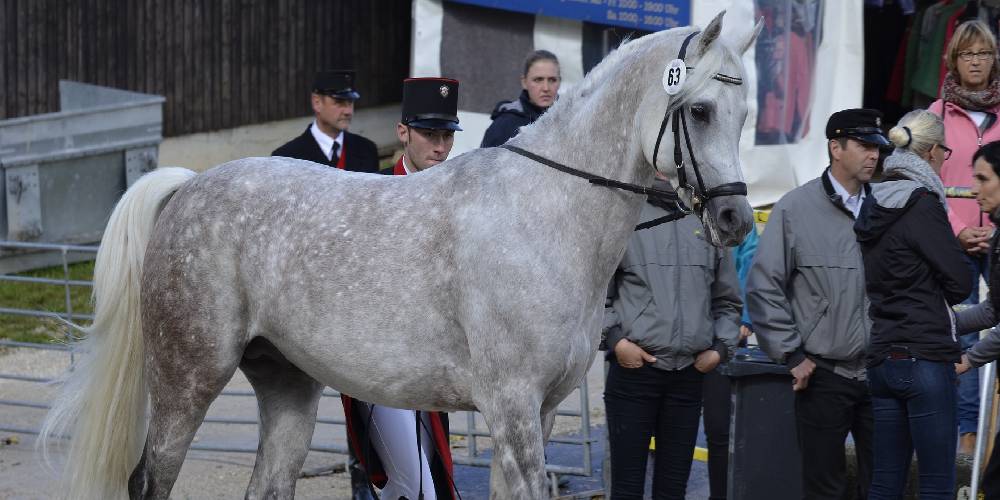
A body score of five is considered the perfect weight and body condition for a horse. The ribs shouldn’t show, but should easily be felt and the hindquarters should be full and round with no pelvis protrusion. The horse’s flank should be well defined as well and the neck should be muscular and strong.
Body Score 6
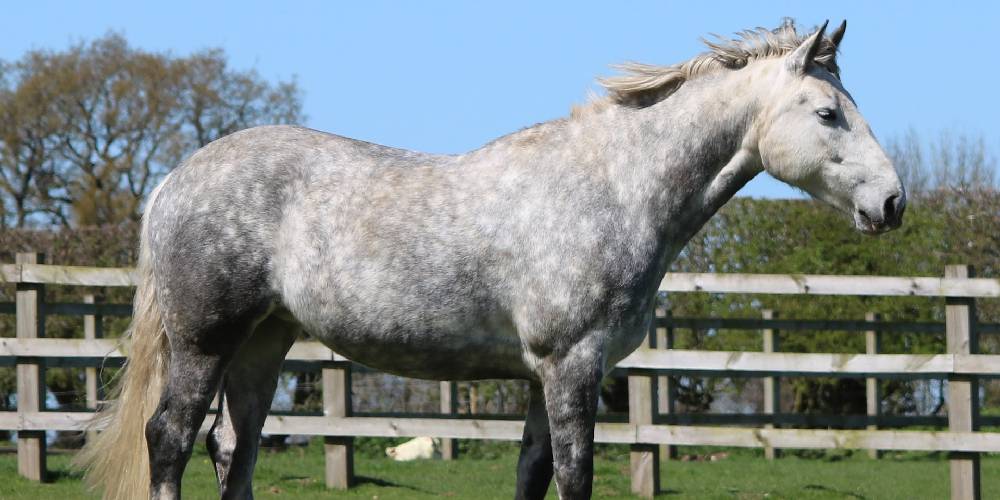
Sometimes, people prefer to have their horses scored a six over a five just to make sure that their horse is healthy and eating enough. These horses are not considered obese and will just have less flank definition, even more rounded hindquarters, and a little extra fat on the crest of their neck. These horses, depending on the horse, might need to lose a little weight, but for the most part, these horse are fine to remain at this weight and body condition.
Body Score 7
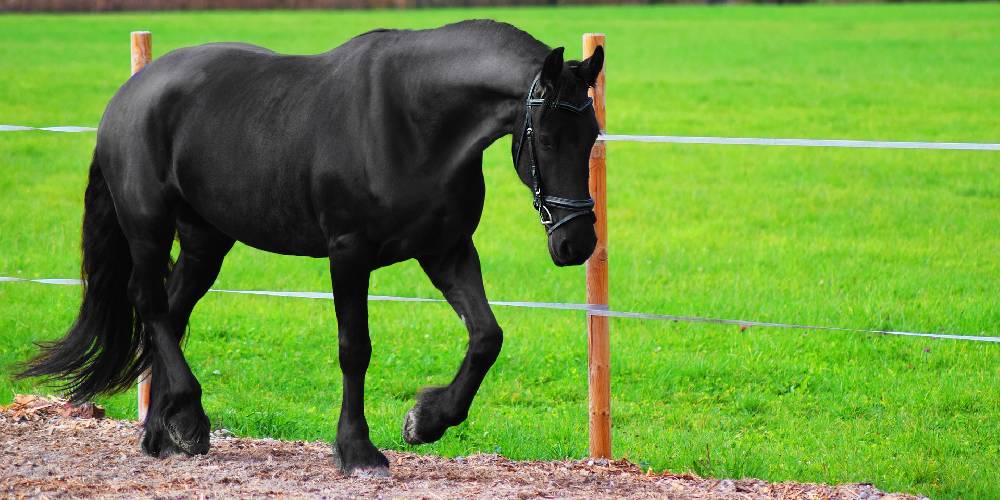
A body score of seven is where the issues of being overweight come in. These horses will have some, but little flank definition. They might also have a buildup of fat on the crest of their neck, and fat pockets on their hips making it look like they have ‘love handles’ or ‘butt cheeks’ on their hindquarters. These horses, when exercised, will tire faster than a horse with a better body score.
Body Score 8
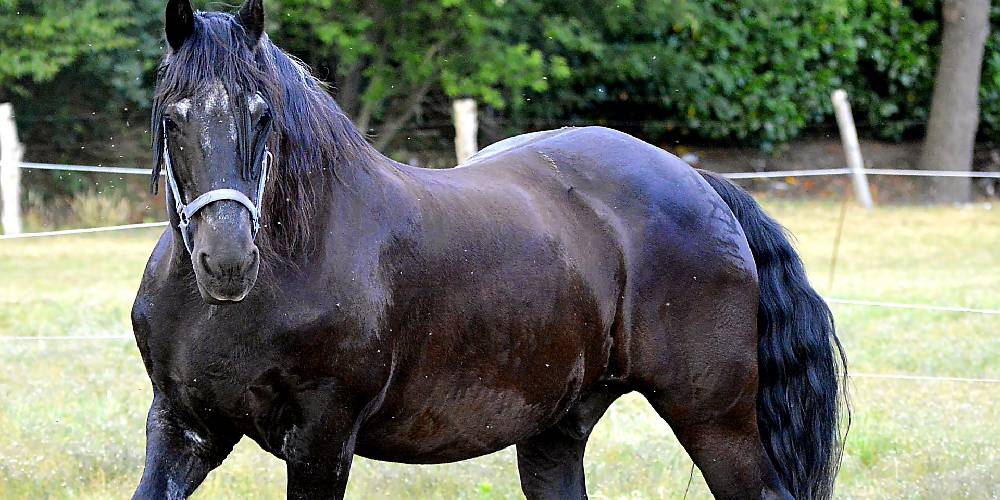
A horse ranked at an eight often has a thick, fatty neck, fat pockets on their hindquarters, little to no flank definition, and the beginnings of a distended round belly. These horses will tire faster than other horses and can potentially start to get health issues. There was a miniature horse that I knew once by the name of Buzz. Because he was fed too much and wasn’t frequently exercised, Buzz had a body score of eight. In order to change this around, he needed to have a new diet and exercise routine set up for him so he could get back down to a healthy weight.
Body Score 9

A body score of nine falls into the obese category. A horse ranked at a nine is normally seen with a thick, fatty neck with a large fat pocket along their crest and a large and round distended belly. On their hindquarters, there are often fat pockets that fall on either side of the horse’s hips and no flank definition to be seen. These horses have very poor stamina and have trouble performing faster gaits. These obese horses need to be put on a diet and exercise regimen to improve their health. At this point, their obesity can start to affect their health and health issues can start to appear.
Body Score 10
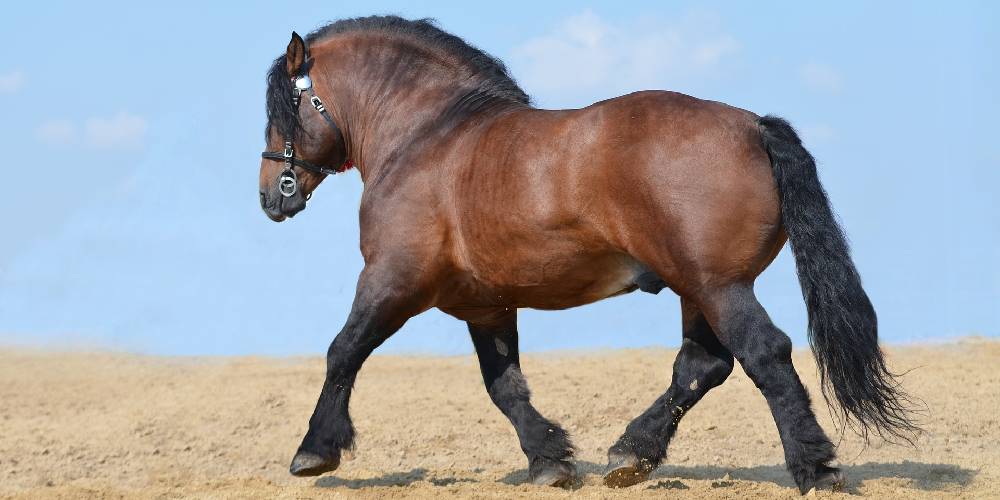
Horses with a body score of ten are considered morbidly obese. Thick, fatty necks, difficulty moving, large distended bellies, multiple fat deposits, and no flank definition whatsoever are things that these horses can be seen suffering. This level of obesity can be caused from a number of things including:
- Previous Health Issues
- Diabetes
- Glucose Intolerance
- Neglect
- Over Feeding

